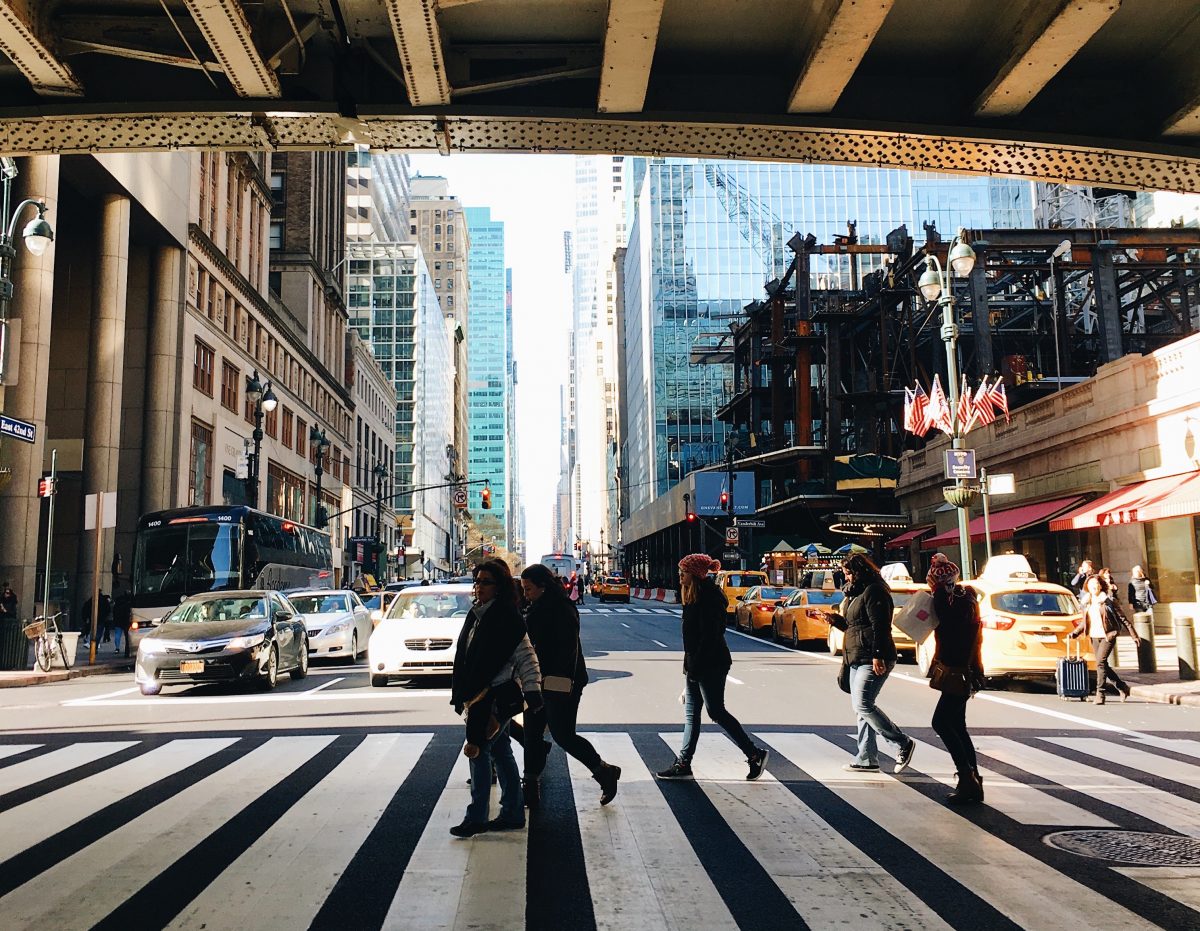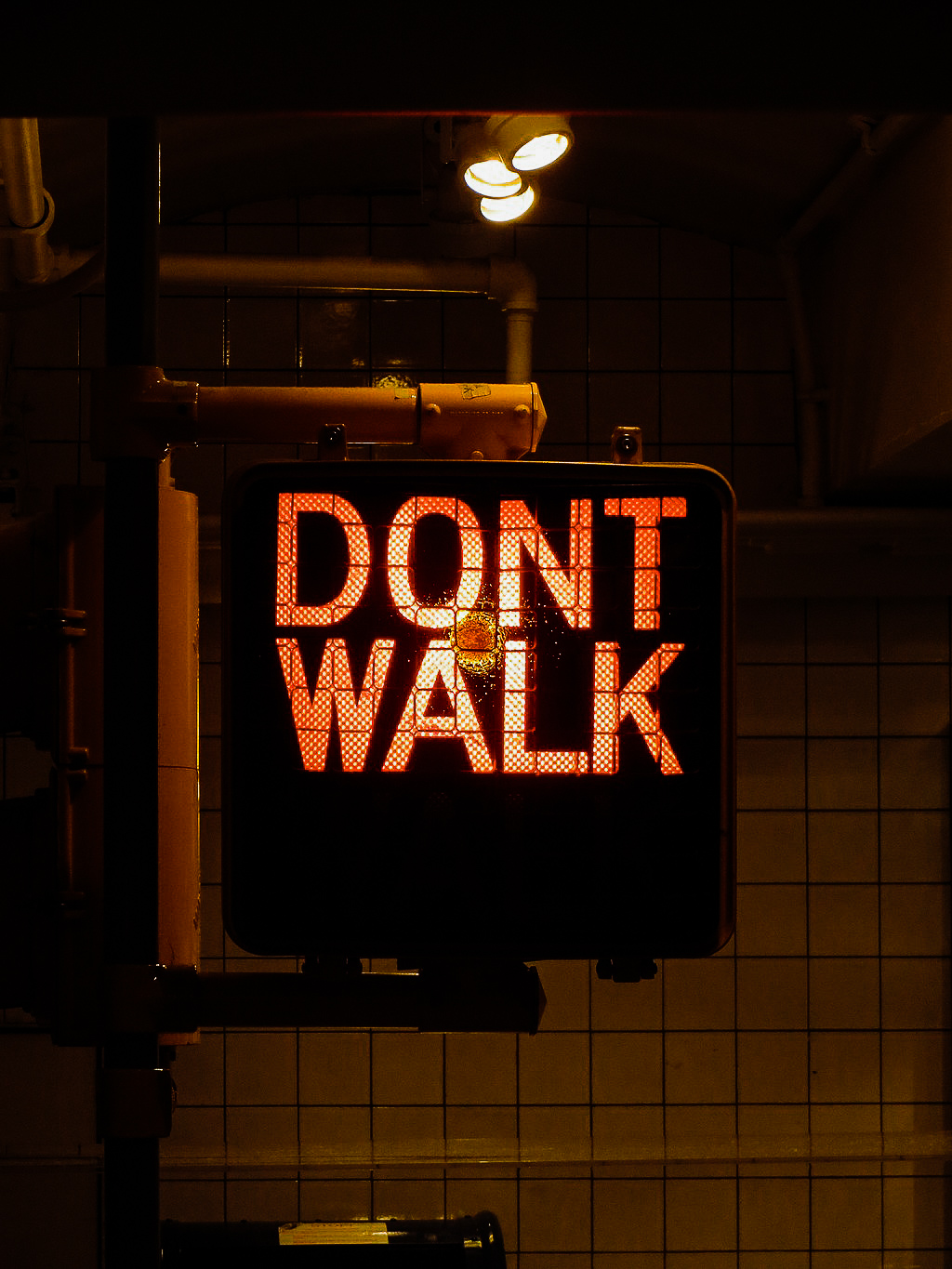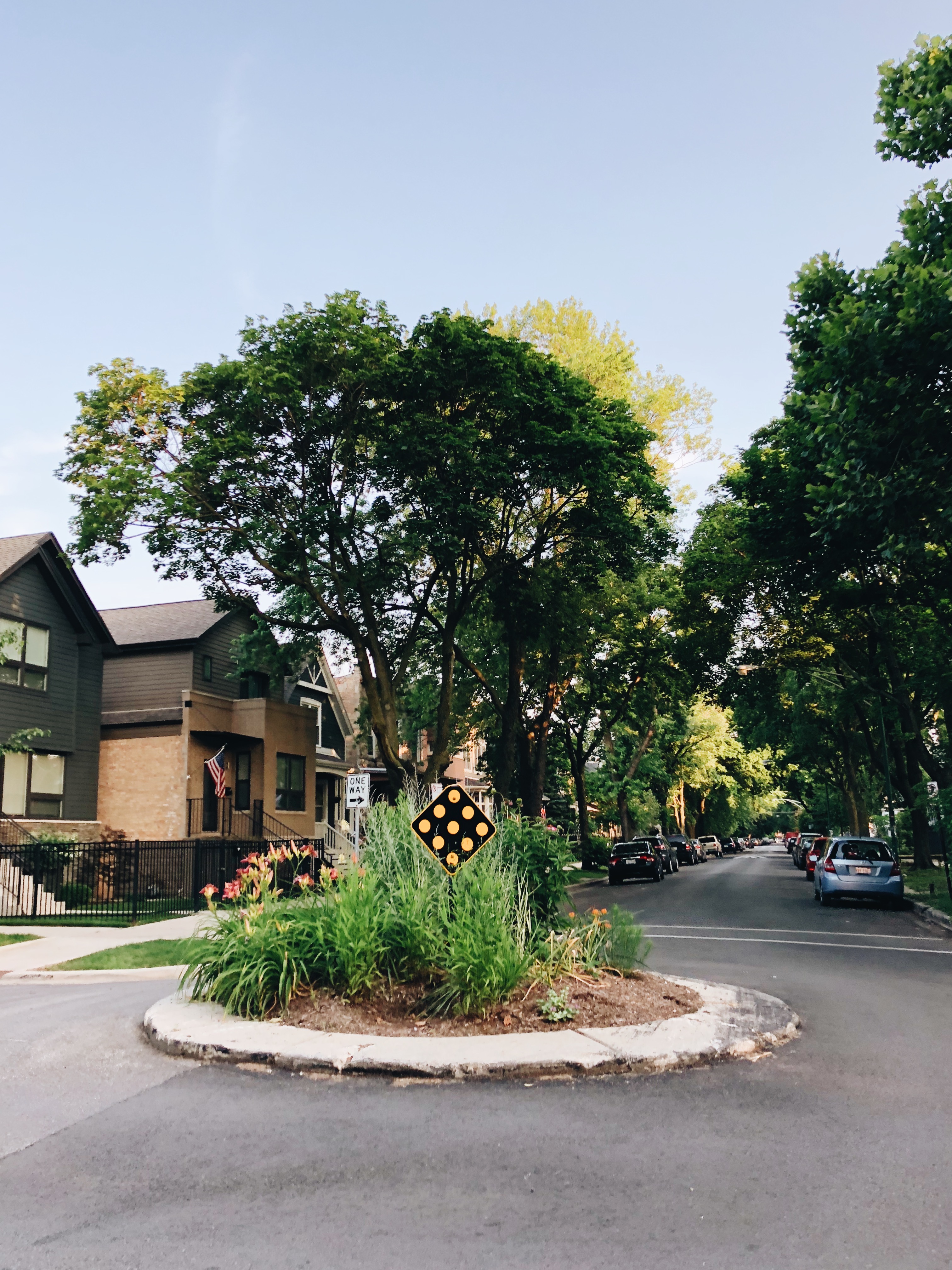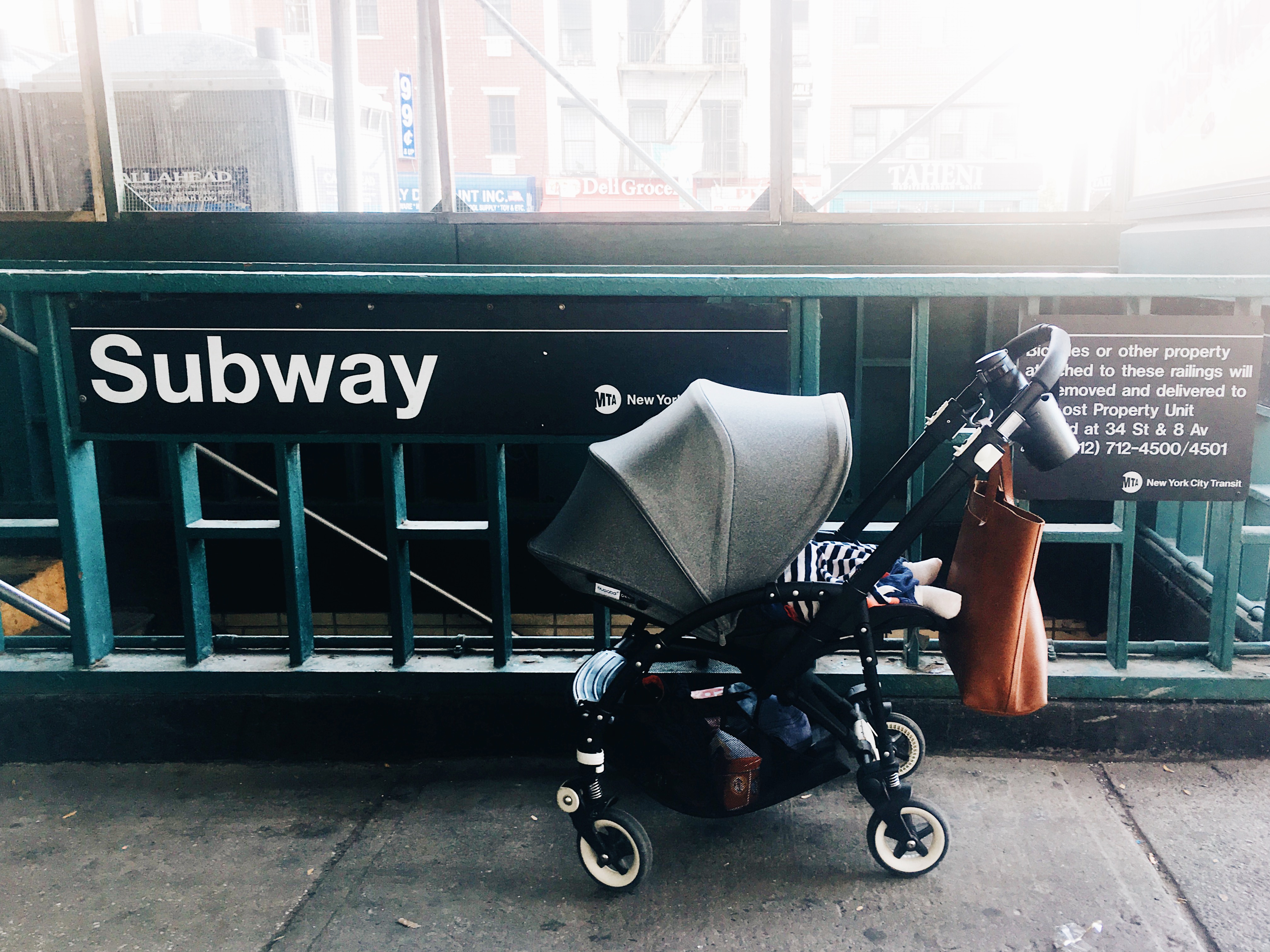
Urban fittedness isn’t a real term; I made it up. It’s borrowed from the design world[1], and is ubiquitous across all areas of design, whether it’s the look and feel of a smartphone app or the shape and materials used to craft a chair. Designers use fittedness to describe the state of having suitable qualities needed for a specific purpose; nothing more, nothing less.
I entertain the concept of fittedness (albeit subconsciously) in daily interactions with my city.
Most often my city feels fit for my needs as a stroller-pushing, scooter-directing, transit-riding parent. The sidewalks are wide enough and the bus stoops to meet the wheels of the stroller. There are elevators at my train stops and streetlights to cast a happy glow over our evening walk home.

Most of the time my city fits me just right, but sometimes I get the feeling that something is out of whack.
There are other times when I can’t seem to jive with the city. Something is off, and I’m uncertain whether it’s my city that’s unfit for me, or me for my city.
You’ve probably felt it too: the anxiety of crossing a busy street with no stop sign or traffic light to make a break in the stream of cars. The difficulty of maneuvering a stroller through a place that’s much too narrow or crowded. Sometimes there’s an indistinguishable feeling that causes us to pull our kids a little closer for a few blocks.
As city families, we have distinct impressions of being part of the flow of the city or straining against it. We can feel when the city is fit for us and when it isn’t. Sometimes it’s tough to decipher why.
Cities were made for people, not the other way around, and a city that displays fittedness should work in favor of the people it was designed for.
 The moments when we feel like part of the city isn’t all in our heads—it’s the result of careful design by planners and committees and architects and sociologists working together to design the city for its people. On the other hand, the scenarios when something feels off are hints that things aren’t quite right. Those tricky intersections or broken streetlights are opportunities for us to help make our cities fit!
The moments when we feel like part of the city isn’t all in our heads—it’s the result of careful design by planners and committees and architects and sociologists working together to design the city for its people. On the other hand, the scenarios when something feels off are hints that things aren’t quite right. Those tricky intersections or broken streetlights are opportunities for us to help make our cities fit!
We’re the people of the city, after all. We’re taxpayers, constituents, neighbors, and citizens. Making the time to appreciate and take advantage of the many ways our cities work well is part of our duty and privilege, as is working to advocate for things that can be improved.

The next time you feel yourself slipping into the flow of the city, take a moment to inspect your surroundings to see if you can understand why you feel at ease. And if you find yourself struggling to fit in to your urban environment, take heart—you might not be alone in your discomfort!
A simple request to your councilwoman or alderman for a speed bump or stop sign or street lamp might be the difference between urban fittedness and urban stress.
- Concept of fittedness taken from Notes on the Synthesis of Form by Christopher Alexander.
